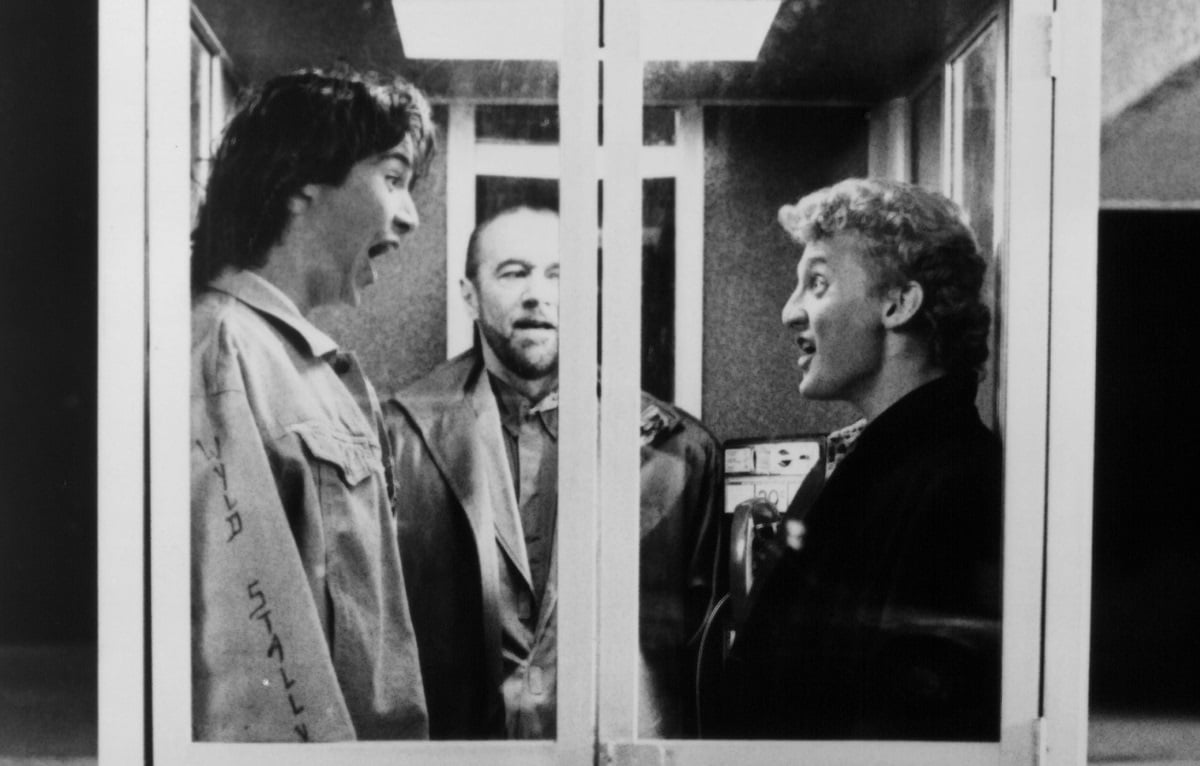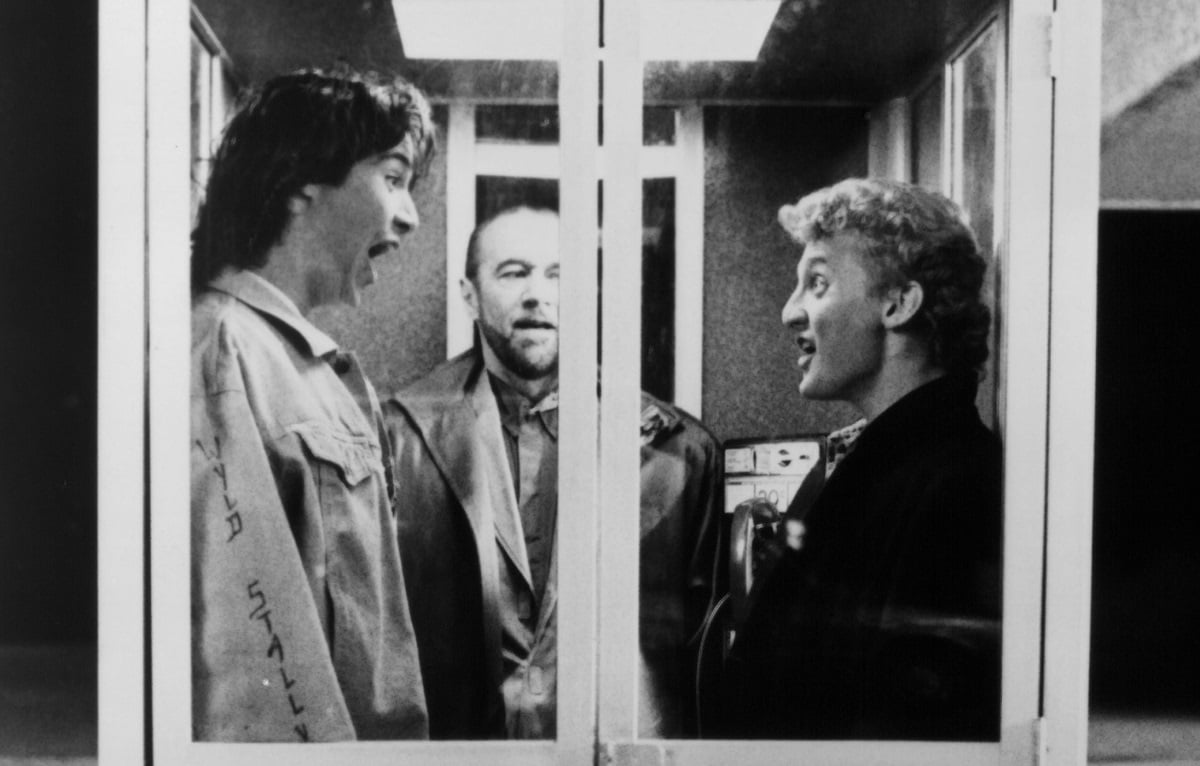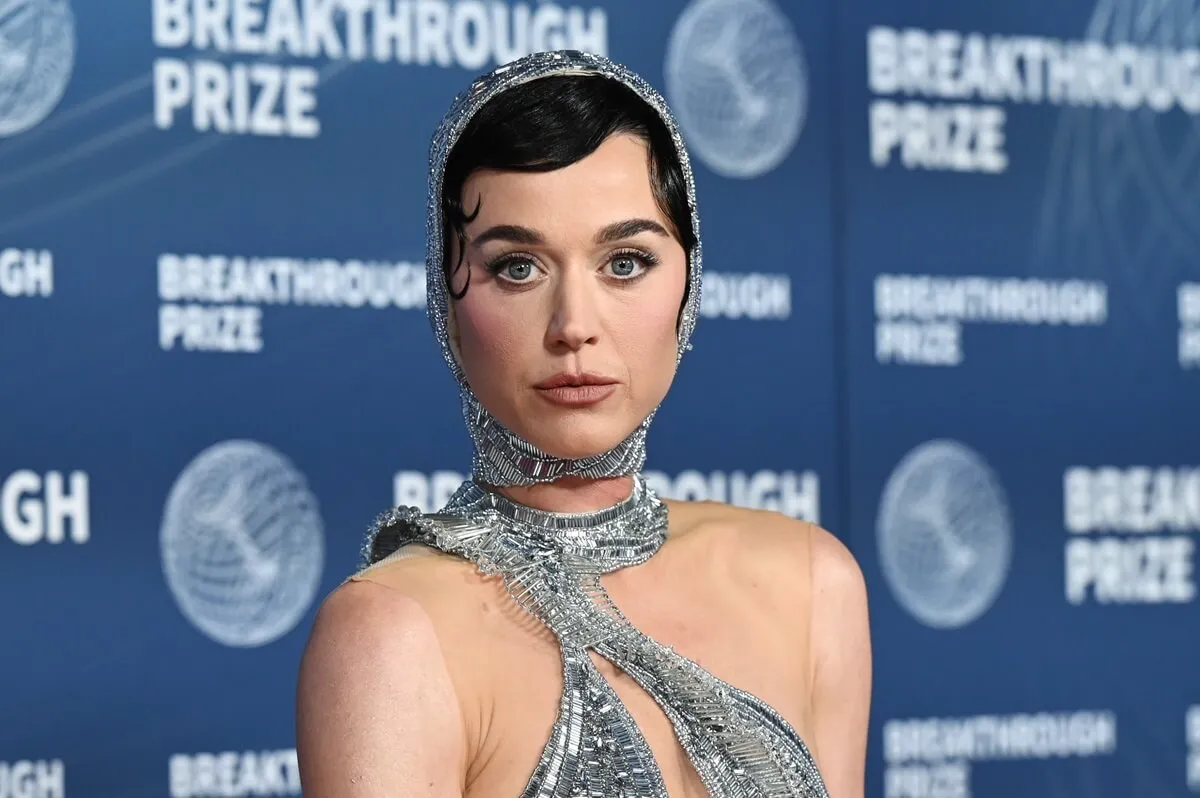
‘Bill & Ted’s Excellent Adventure’: Rufus Never Introduces Himself in the Cult-Classic Sci-Fi Film, Creating a Bootstrap Paradox
Fans of Bill & Ted’s Excellent Adventure love the goofy jokes and sci-fi elements of the classic 80s movie. However, did you know that there’s a pretty major goof in the film? Here’s what you need to know about bootstrap paradoxes.
A ‘Bill & Ted’s Excellent Adventure’ character introduction creates a slip-up in the movies

Bill & Ted’s Excellent Adventure hit theaters in 1989, and viewers fell in love with the hilariously dim-witted Bill and Ted, played by Keanu Reeves and Alex Winter.
The movie follows Bill and Ted as they travel through time to gather a group of historical figures to help them ace a history presentation. The pair are given the time machine by the mysterious Rufus, who came from the future. According to him, Bill and Ted must pass their history class so that they can go on to create music that will inspire the world, leading to the utopian future Rufus has come from.
Rufus, played by comedian George Carlin, is a pretty major character in the movie, but some eagle-eyed fans noticed that there’s a bit of slip-up when it comes to his introduction.
In a Reddit post about the paradox, one user pointed out, “In Bill and Ted’s Excellent Adventure (1989), Rufus never introduces himself. His name is given to the present Bill and Ted by the future Bill and Ted creating a bootstrap paradox as the information has no traceable origin.”
In the movie, future versions of Bill and Ted appear alongside Rufus to brief present-day Bill and Ted on their time traveling journey. The future Bill and Ted are the ones that introduce Rufus to the present versions. However, if Rufus never introduced himself to the pair, how did the future Bill and Ted know his name?
What is a bootstrap paradox?
This creates what some refer to as a “bootstrap paradox.” The bootstrap paradox is a theoretical time travel paradox that occurs when an object or a piece of information gets sent back in time and trapped in an infinite cause-effect loop. This loop means the item or piece of information no longer has an origin point.
According to Astronomy Trek, the term “bootstrap paradox” was created by science fiction writer Robert A. Heinlein for his 1941 book “By His Bootstraps.” In the book, the main character is given a notebook of information that helps him as he travels through time. At one point, he copies the information from the original notebook into a new one. He then realizes that the new notebook is the one that was given to him earlier, so where did the original notebook come from?
Other movies with bootstrap paradoxes, like ‘Back to the Future’ and ‘Donnie Darko’
Bill & Ted’s Excellent Adventure isn’t the only movie to create a bootstrap paradox. Donnie Darko, a movie about a teenage boy who learns he can manipulate time, also creates this paradox. The titular character finds out he can alter time — but only because his future self has already changed time.
Another famous time travel movie, Back to the Future, has the same problem. In a now-famous scene, lead character Marty McFly plays Chuck Berry’s hit song “Johnny B. Goode” — three years before it was created.
In the movie, Chuck Berry’s cousin hears the song and tells Berry about it, which conceivably leads to the song’s creation. If the song came to be because of Marty’s performance, then how did Marty know it in the first place?
Time traveling movies are popular, whether they’re lighthearted comedies like Bill & Ted’s Excellent Adventure or darker films like Tenet. It looks like movie writers are still working out the kinks of creating a plothole-less time travel movie!


